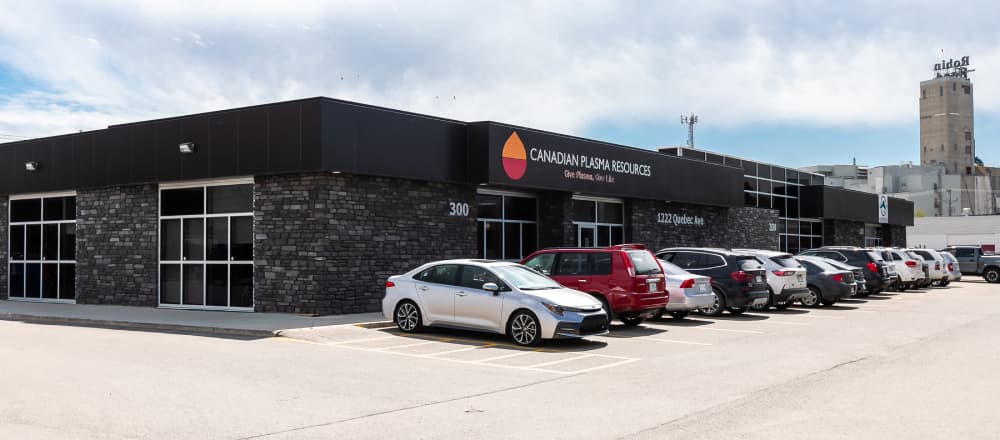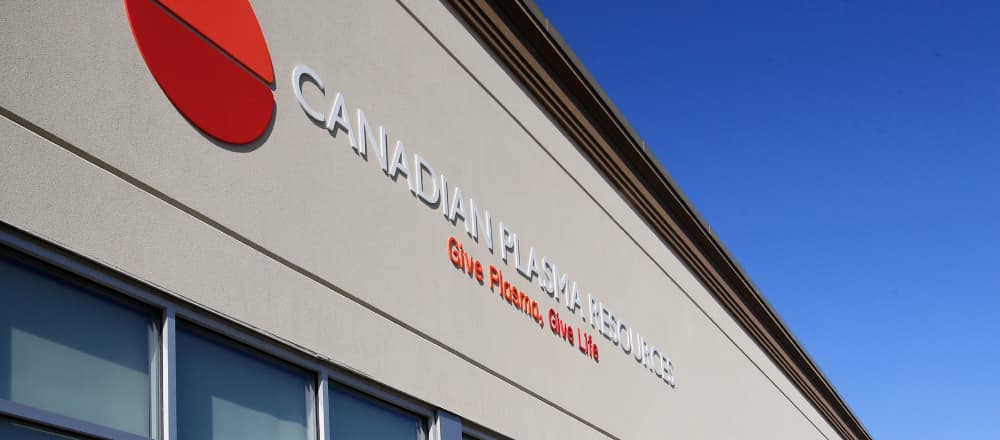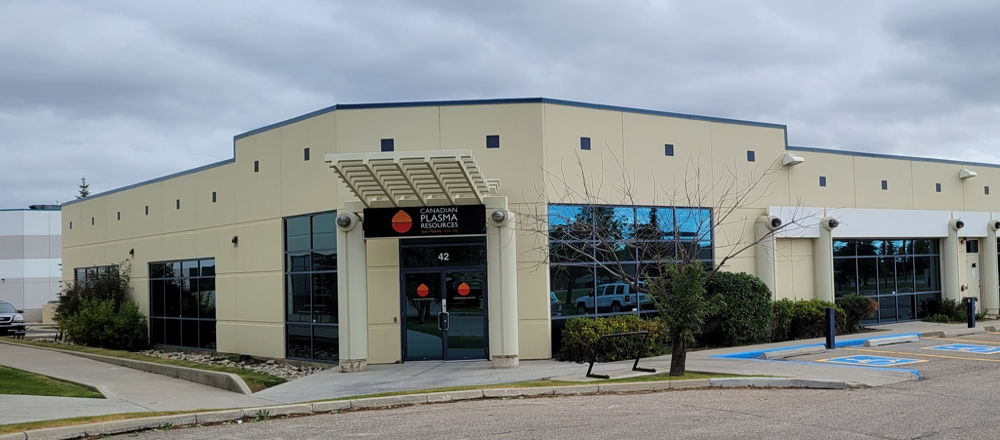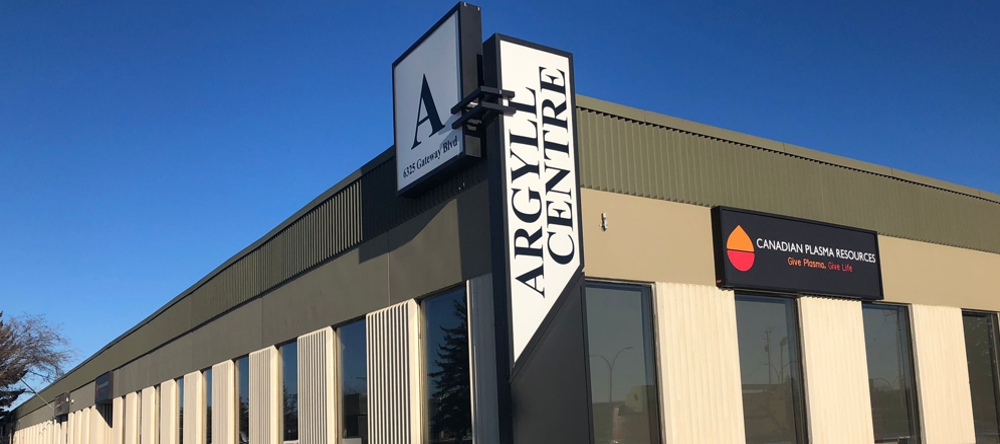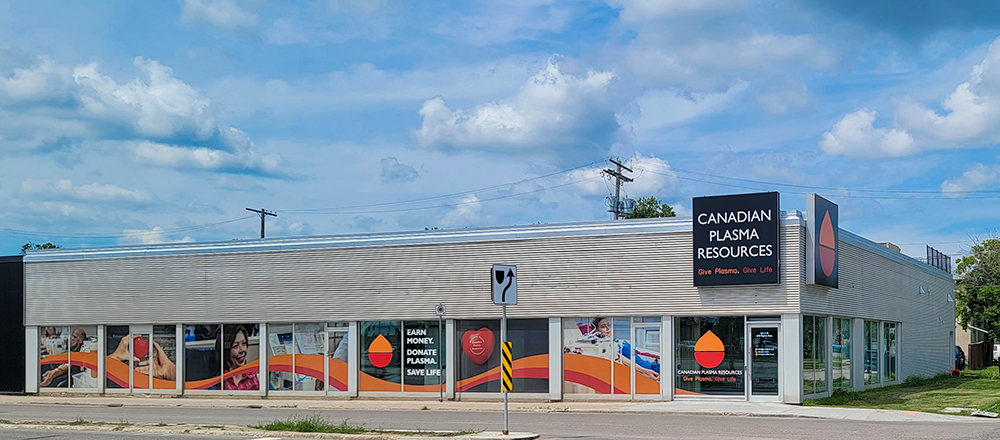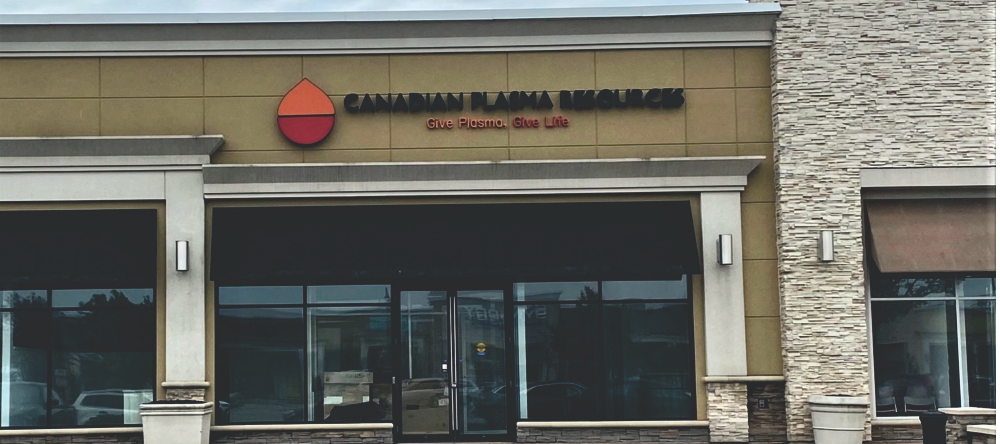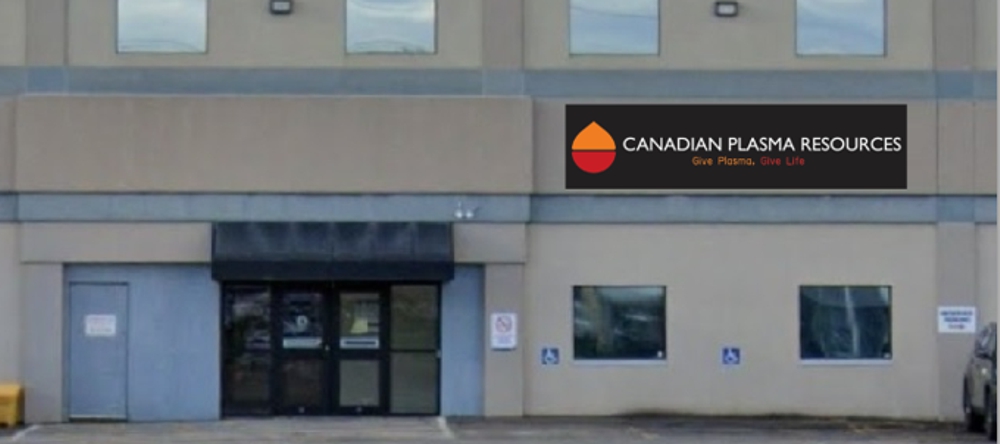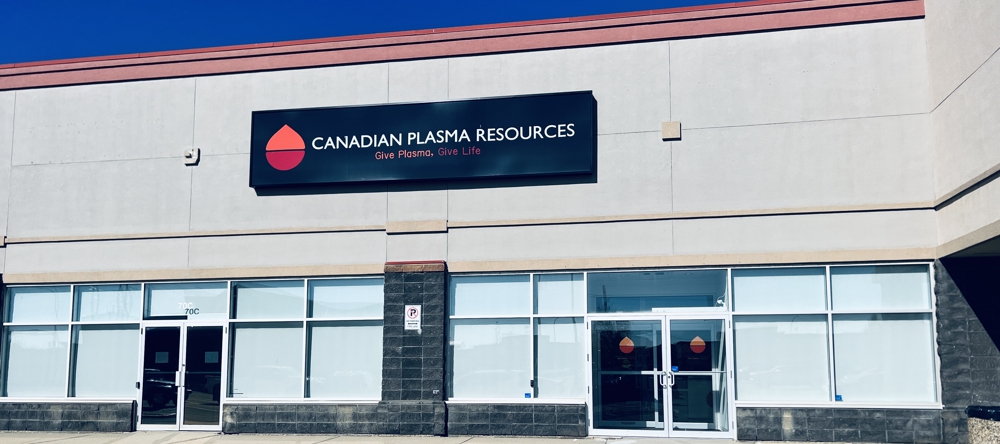What Is Plasma Fractionation? A Brief History
September 8, 2021
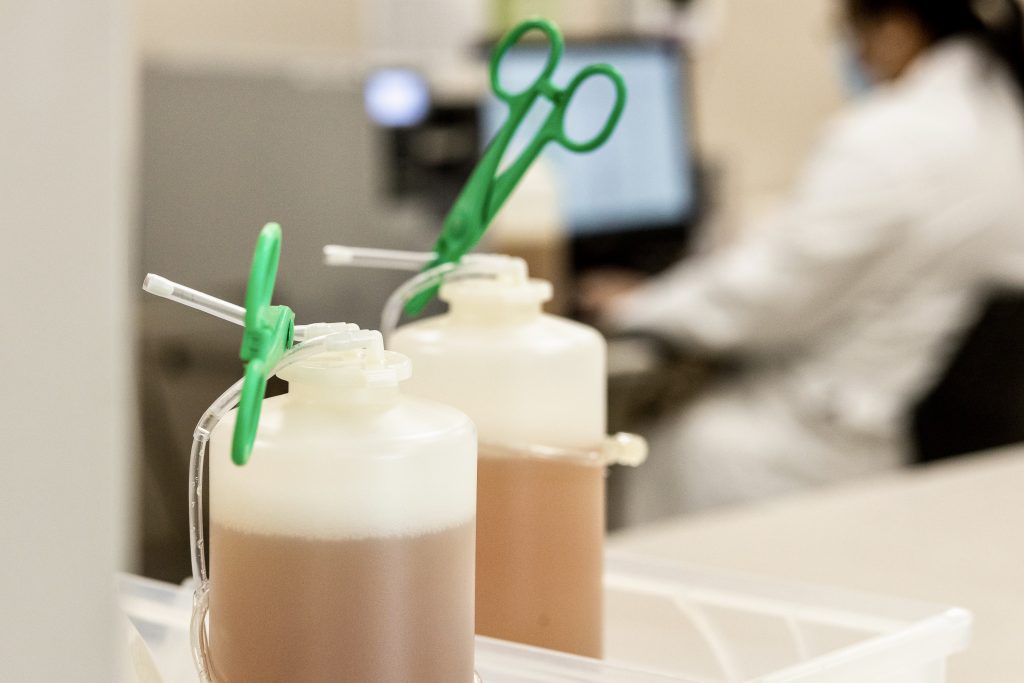
For several decades, plasma, a protein-rich, yellowish liquid component of blood, has been used to treat a wide range of ailments. Patients with rare blood disorders, immunodeficiencies, and autoimmune conditions have come to rely on this form of “liquid gold” to receive the plasma-derived medicinal products they need. None of this would have been possible if it weren’t for a process known as plasma fractionation.
Want to know more about what plasma fraction is and how it works? Read on to find out!
What Is Plasma Fractionation?
Plasma fractionation is the manufacturing process used to transform plasma that has been voluntarily donated into life-saving therapies. During the fractionation process, plasma proteins are separated in order to create various plasma protein therapies. This is done using purification techniques like precipitation, centrifugation, separation, and filtration.
Who Discovered Plasma Fractionation?
Dr. Edwin Cohn, an American biochemist, headed the team of medical scientists, physicians, and chemists who were responsible for the first large-scale production of human plasma fractionations during WWII. He helped develop the methods of blood fractionation that were ultimately used to help soldiers suffering from shock and burns during the war.
Originally developed in the 1940s, the Cohn fractionation process involves modifying the pH, ethanol concentration, and temperature of plasma to separate its proteins into five “fractionations” through precipitation. The goal of this original process was to separate out the protein albumin, which represents 55-60% of the total protein volume of plasma.
How Does Blood Plasma Fractionation Work?
Today, the Cohn fractionation process still plays a big role in the manufacturing of plasma therapies, as the methods used are derived from the original process. With that said, technology and the manufacturing processes used have evolved quite a bit since the 1940s, and the industry has significantly increased production yields.
The modern-day fractionation process uses alcohol concentrations, time, temperature, and pH to extract specific therapeutic proteins. Several proteins, in addition to albumin, are now able to be separated from plasma. These proteins then undergo various viral inactivation, purification methods, and removal processes to ensure their safety. It can take anywhere from seven to 12 months for plasma to be turned into medicinal products.
All in all, plasma fractionation is the process that makes it possible for donated plasma to be turned into life-saving therapies. Had Dr. Cohn and his colleagues not discovered the Cohn fractionation process, patients with rare diseases wouldn’t be able to receive the medications they need to manage their conditions.
If you’d like to be part of something bigger than you and help create plasma-derived medicines, book a plasma donation appointment today. Every donation helps, and at Canadian Plasma Resources, we give our donors the opportunity to earn up to $400/month. Happy donating!

